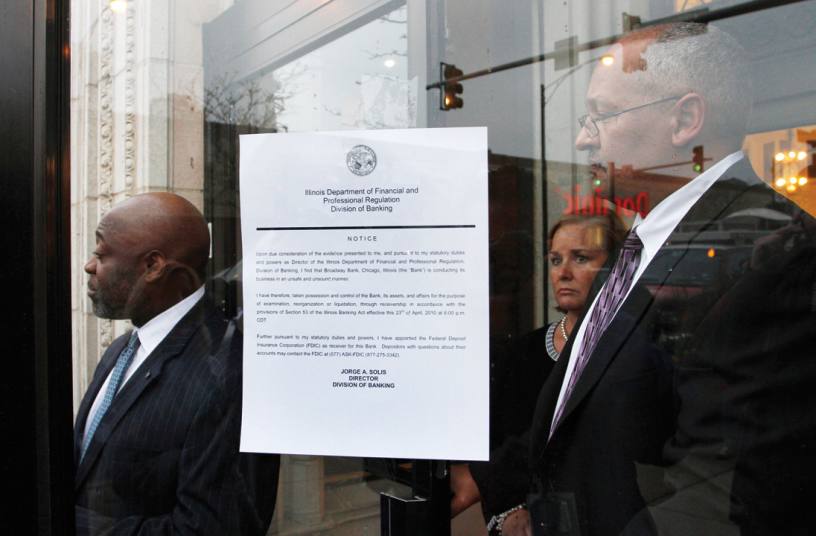A big bank in trouble naturally attracts the headlines. However, what is little known is that the vast majority of US banks that failed in the crisis were small community banks, and these failures are showing no signs of abating. The impact of this on the US economy is profound.
There are many more small (assets of $1bn or less) and medium-sized (assets of $1bn to $10bn) banks – known collectively as community banks – than any other type of bank in the US (6900 small banks and about 300 medium-sized banks out of a total of 7657 institutions). So the overwhelming majority of the 348 banks that have failed since 2007 have been community banks. Moreover, nearly all of the banks in the Federal Deposit Insurance Corporation's (FDIC) latest list of 884 ‘problem’ banks, about 20% of which are expected to end up failing, are also community banks.












